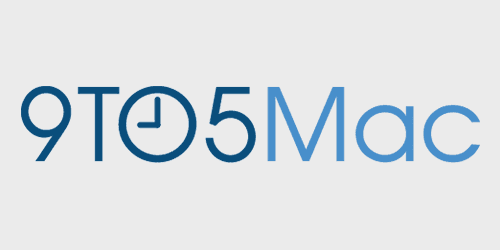Apple’s high-performance Content Distribution Network reportedly moves forward as deals are made with ISPs


Apple is quietly negotiating with some of the largest ISPs in the country in order to roll out their own Content Distribution Network, which would help ensure faster and more reliable downloads for iTunes content, iCloud data, and software (via StreamingMediaBlog). Apple has previously made strides to improve its networking infrastructure, including purchasing hardware to boost performance and creating a team dedicated to improving download speeds. It is also opening new Data Centers at a frenetic pace.
The creation of these deals with Internet Service Providers comes amid a firestorm surrounding net neutrality and peering deals of this type. Apple recently declined to join a group of 100 tech companies backing Net Neutrality in a written statement to the FCC.
Expand
Expanding
Close